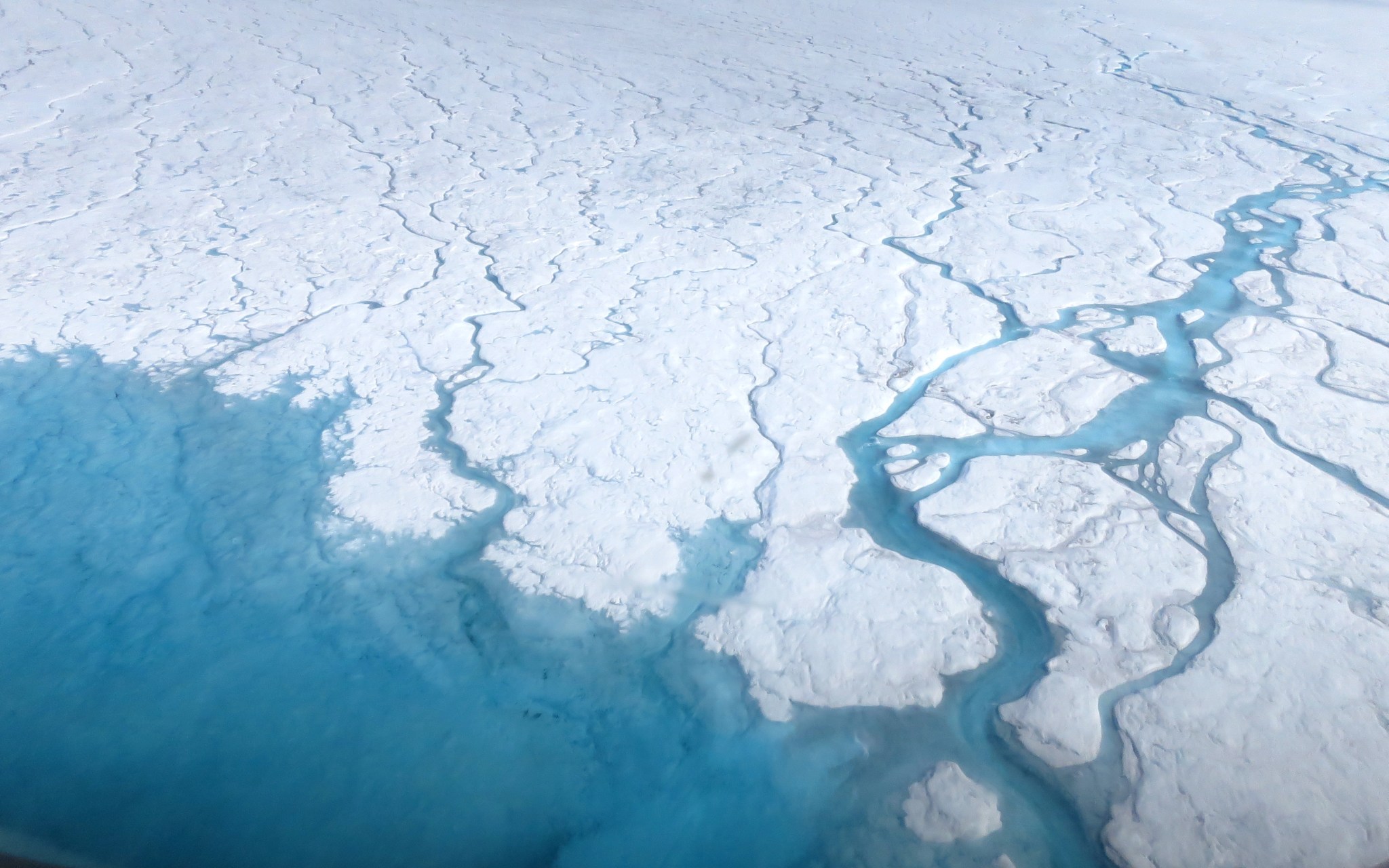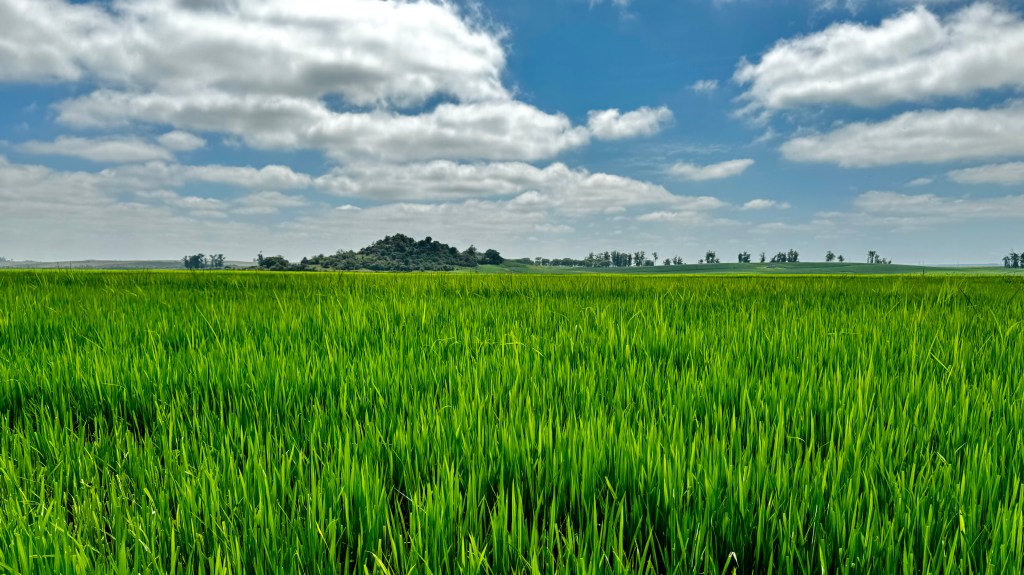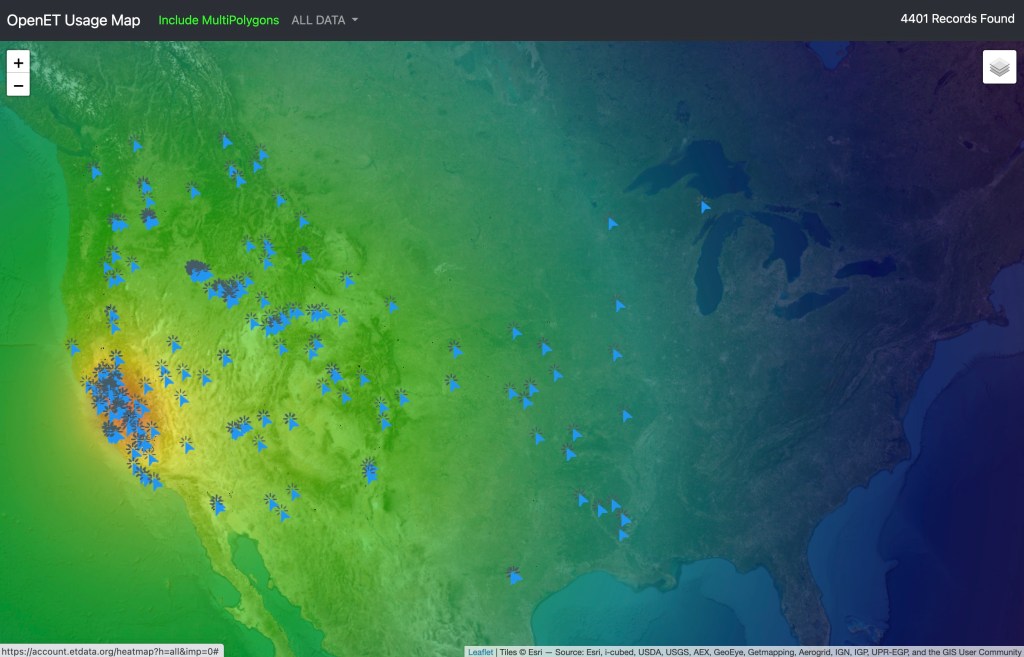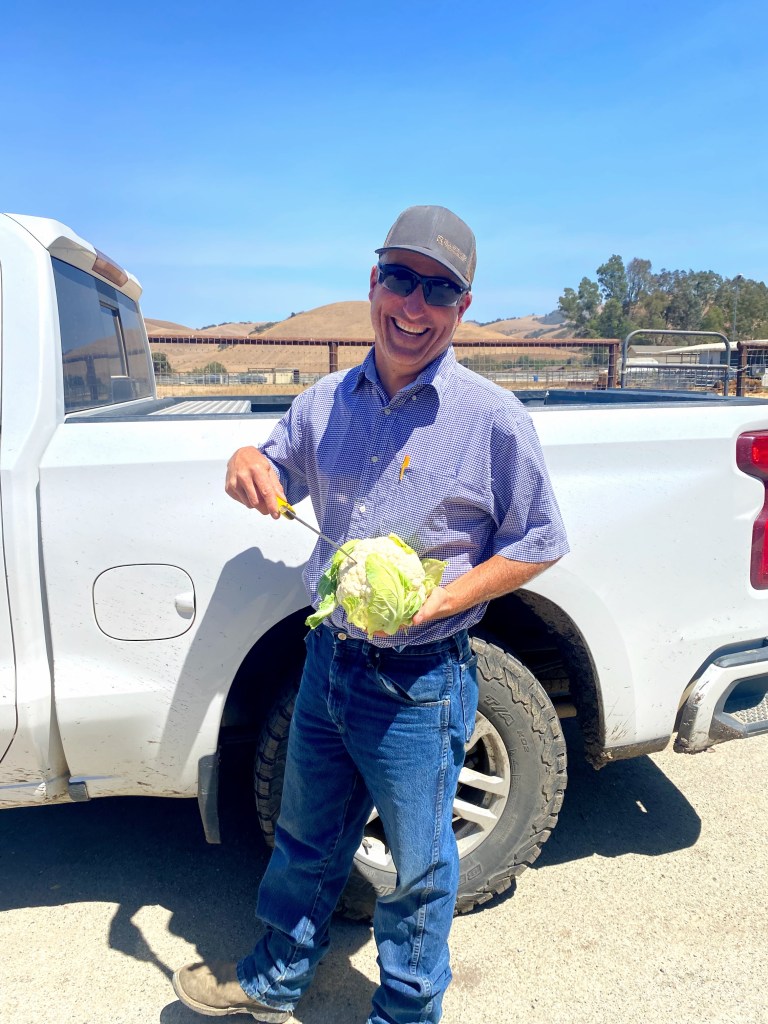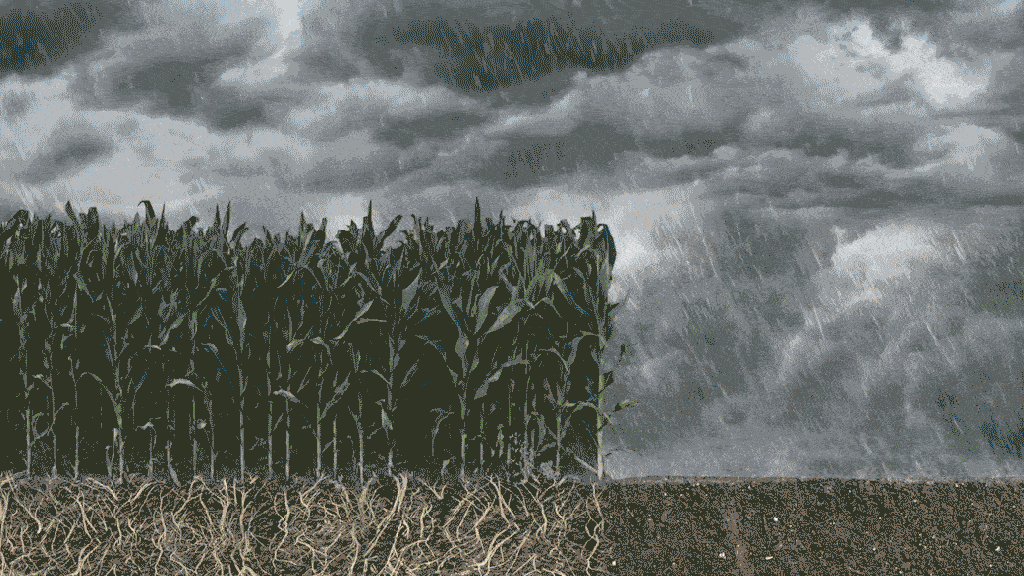What is the field of water resources all about?
Water Resources research at NASA Ames focuses on the availability, distribution, transport, and quality of water for communities, agriculture and wildlife. While Ocean Science focuses on marine and coastal ecosystems, Water Resources concentrates on most other forms of water: inland water bodies such as lakes and rivers, precipitation and evaporation patterns, soil moisture, irrigation, snow and ice, and water quality. Scientists at Ames also work with water managers, farmers and conservationists to use data from NASA satellites as part of water management systems, as well as flood and drought monitoring tools.
Why is it important?
Water is essential to all life on Earth. The water cycle connects the entire planet, moving water around in various forms of matter from the solid ice in glaciers and snowcaps, to the liquid of lakes, rain, and clouds, and the water vapor rising from the ground back into the atmosphere.
Missions & Projects
Water resources are an important part of our food supply.
Current Ames missions and projects centered around water resources focus on agriculture; monitoring water usage for mandated reporting systems, drought mitigation, and more cost-effective water practices.

Water Resource Stories at Ames
Explore stories related to the work NASA Ames Earth Science Division is doing in the realm of water resources.



























